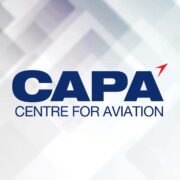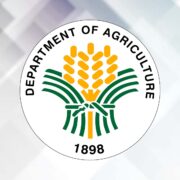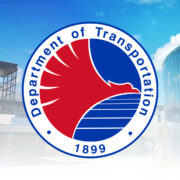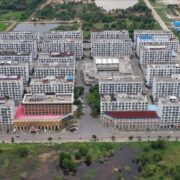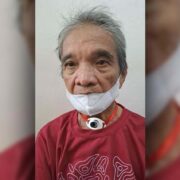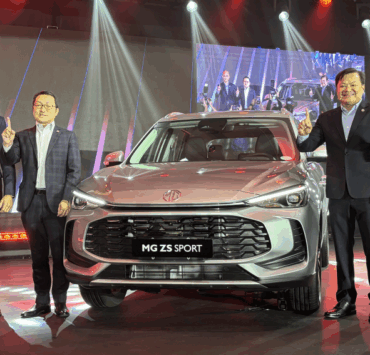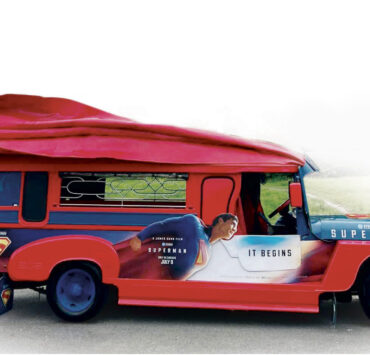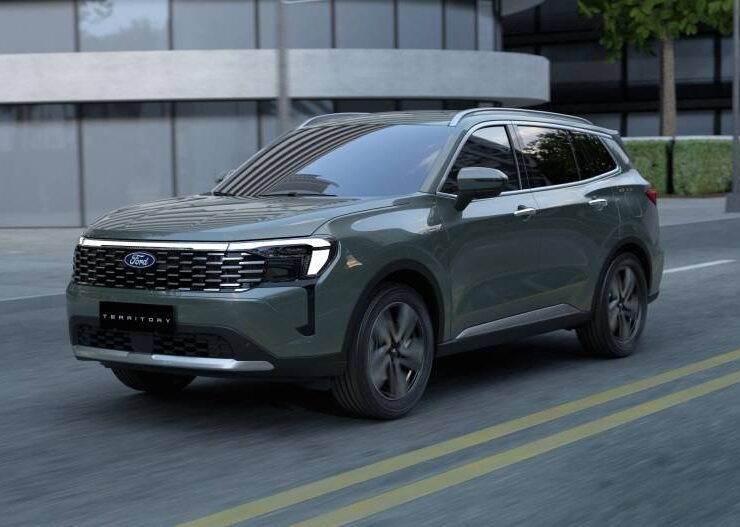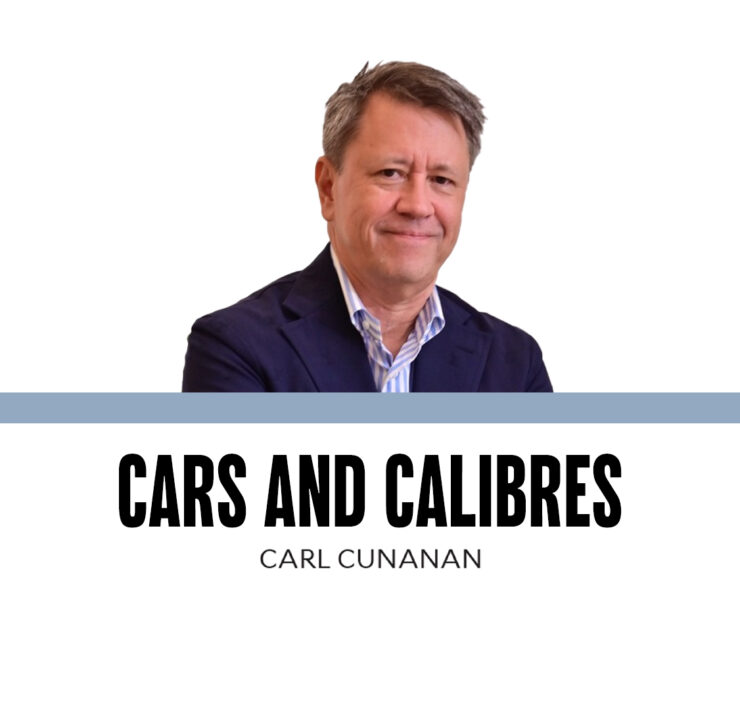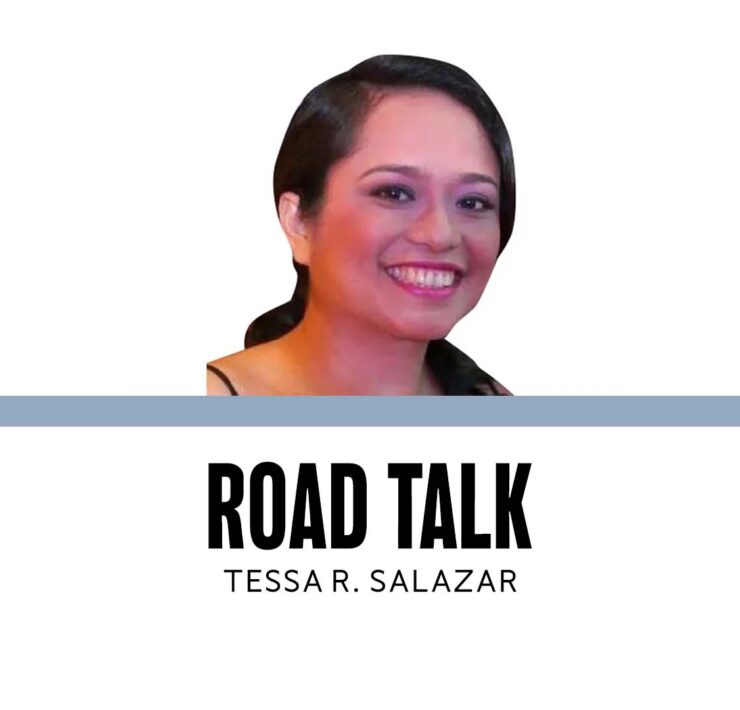Sailing. Selling. Scrapping
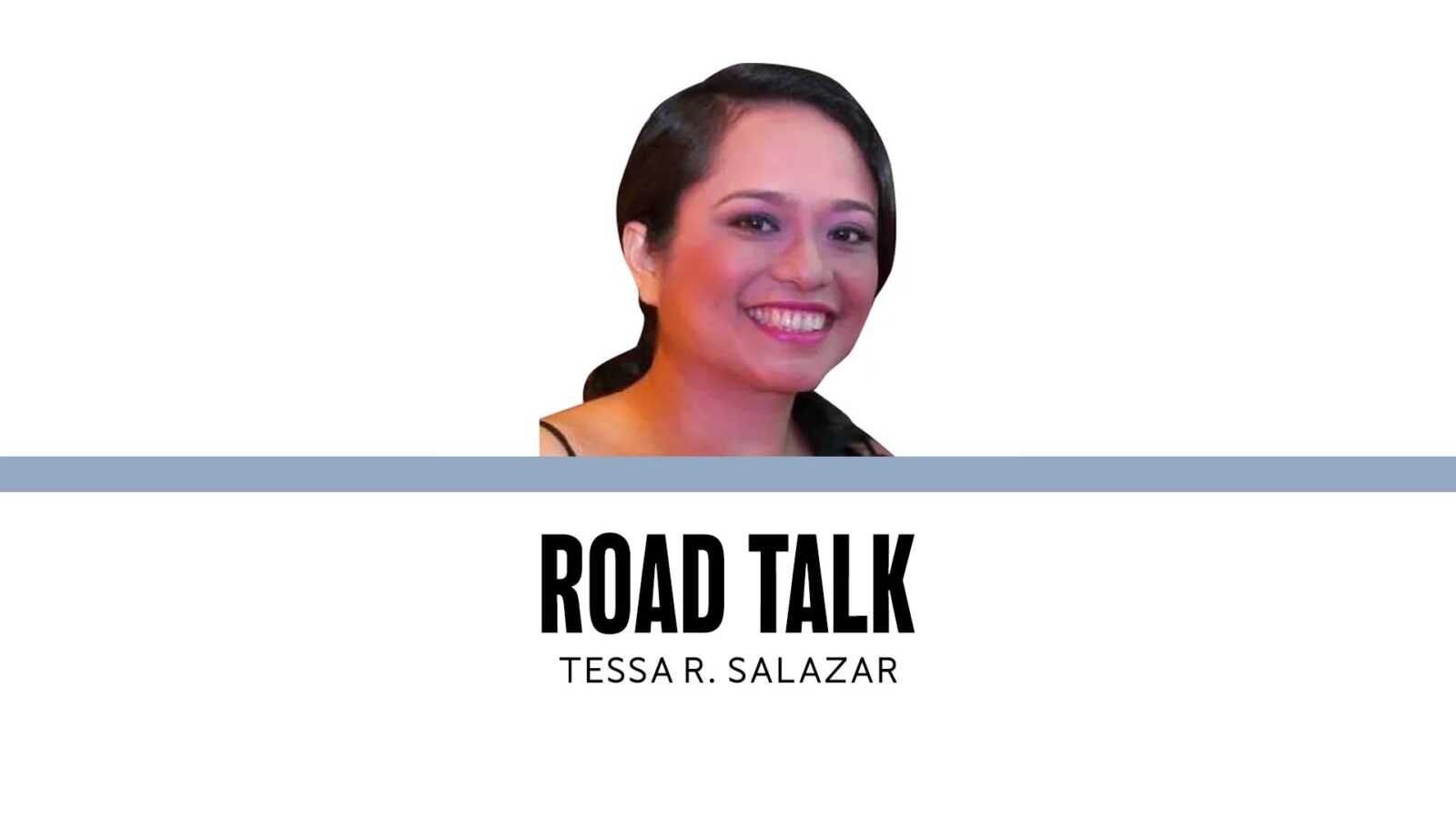
Google the name “Ernesto T. Echauz,” and you’ll see pages upon pages of many and varied things. But the search engine will put on top his exploits on the sport and lifestyle of sailing.
Yes, he’s Ernesto the sailor man, sans the oversized forearms and spinach being sucked through the corncob pipe.
The metaphorical and literal wind constantly at his back, Echauz has achieved many successes at sea. He and his team won the Rolex China Sea Race in 1998, 2008 and taking line honors in 2023, to name a few. Last year, Echauz and his all-Filipino sailing crew, on board the Standard Insurance Centennial V, participated in the Rolex China Sea Race from Victoria Harbor in Hong Kong to Subic Bay in the Philippines for a grueling distance of 565 nautical miles (1,064 km). He and his all-Filipino crew also participated in the 2024 Rolex Sydney Hobart Yacht Race, sailing under the name Centennial 7.
Echauz was once among the five outstanding yachting personalities in Yacht Style’s Top 100 “Power List.” With these accolades, it’s safe to say that he’s in his element when he’s at sea.
The Echauz we met on a rainy Monday afternoon was the land-dwelling Ernesto, and he looked no less commanding of his “ship and crew.” That day, at Naic in Cavite, he stood as the “captain” of the leading non-life insurance company in the country, and he had just received a landmark certification for one of his company’s facilities.
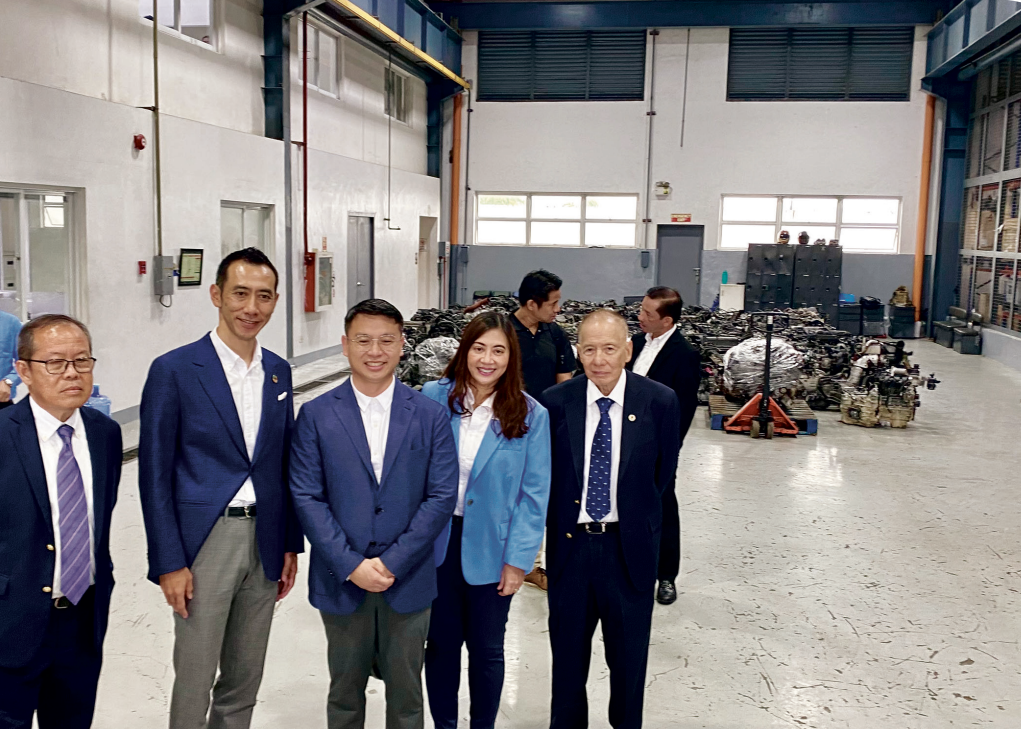
This achievement wasn’t about sailing, but Google, nonetheless, will have to add this one in its database on Echauz. Standard Insurance Co Inc, of which the man is group chairman, and its End-of-Life Vehicle (ELV) dismantling facility in Naic, was officially recognized by Toyota Motor Corp as meeting the stringent Japanese standards for ELV dismantling, processing, and recycling. It becomes only the second ELV dismantling facility in the Philippines—after the En Tsumugi facility in Mexico, Pampanga, to be accredited by Toyota.
The event was important for Echauz, who proudly toured Toyota Motor Philippines representatives and other VIPs around the 6.5-hectare Standard Insurance Company Inc Technical and Training Center (SICI-TTC) where the ELV dismantling facilities are housed. Not only is Standard Insurance the leading vehicle insurer, with half of its clientele Toyota-branded, but the ELV dismantling facility has been in operation since 2014—improved upon more after Echauz and his team went to Japan to study recycling operations at the Japan Recycling Institute in 2016 and 2017. The recognition has been a long time coming.
With the endorsement ceremony and the tour concluded, Echauz was still game for a lengthy interview at his executive office. That room shows Echauz’s sea-bound passion. Miniature yacht models are found in corners. But Echauz talked almost entirely about things that rooted him to the ground.
“I graduated in chemical engineering. I took the board (exam). I’m the pollution control officer in this plant,” he chuckled.
He explained that the company’s technical and training center, and the whole complex, is like a division of Standard Insurance, with 13 buildings built and another one on the rise. These buildings house facilities for repairs, recycling, and warehousing.
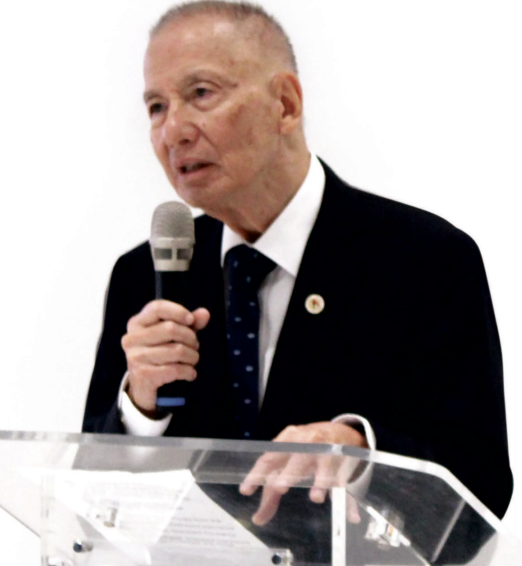
Circular business profitability
The Standard Insurance business model thrives on its being anchored on a circular economy. “The sources of our income are basically the sale of those cars which were repaired to brand new condition, and the parts that we sell. We are the biggest supplier of engines and parts in the country. (Our buyers) buy in bulk, and they retail it,” said Echauz. “These facilities reduce our claims cost. Whatever we are able to sell, it reverts back our savings.”
From sailing, to surfing. Echauz and his team are getting their feet wet on plans to come up with a website themed like a car studio, featuring Standard Insurance’s lineup of restored cars.
“The cars look brand new—newly painted, new tires, new battery, newly detailed. We provide a six-month warranty. Within the warranty period, you can have it repaired with us for free. If you buy from us in cash, you get a 10-percent discount.”
Multitasking complex
The SICI-TTC complex has multiple tasks: Process vehicles that Standard Insurance retrieves and have been declared total losses; repair what’s repairable; and process ELVs at the 9,000-sqm dismantling facility. Since 2014, the complex has processed an average of 850 ELVs annually.
“We repair half of them to brand new condition and sell them. The other half we recycle,” Echauz disclosed.
With trained technicians and eco-friendly depollution practices, the facility’s key features include integrated repair, restoration and ELV dismantling operations. The facility also uses advanced shredding and sorting technology.
A drainage system that runs through all the facilities connects to a Wastewater Treatment Plant to comply with environmental regulations.
Scrap metals gathered are sold to SteelAsia, where they are melted down and processed into rebars. Scrap plastics from vehicles are upcycled into durable pallets. Salvaged vehicle parts are sold to various auto parts dealers.
Chemicals from ELVs are sold to a Treater Hauler accredited by the Department of Environment and Natural Resources.
As the facility is also a training complex, Echauz said that his team has partnered with Tesda (Technical Education and Skills Development Authority) so that its students could be trained here.
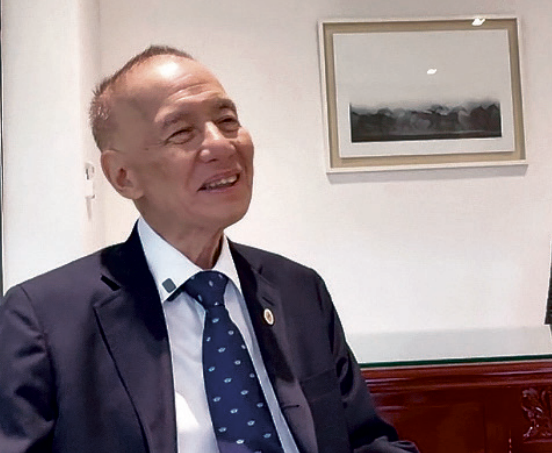
control officer (PHOTO: TRSALAZAR)
Lessons from an angry molecule
Echauz, ever bonded with water, is very much aware of how dangerous this molecule can be, in the right amounts, driven by enough force.
His business has had to deal with countless claims on inundated vehicles—casualties of severe storms and typhoons regularly besetting the country.
“The problem with flooded vehicles is car dealers no longer accept them (for repairs). It takes a long time to repair flooded vehicles because it takes a long time to order the parts. The parts will come in 90 days. The cars are stuck in service bays. So dealers just refuse to accept them anymore. When these customers go to us, we declare the car as a total loss, which may not necessarily be. When the owner asks, ‘Can you fix it?,’ we do it properly and return it to them. We pay them their claims. Instead of paying in full, we will get their car, and then we will repair it. If we have an available car, we lend it to them for their use (while they wait for their car to be repaired).”
In Echauz’s world, a win can still be salvaged from a total loss. One just has to catch the right winds of opportunity.

